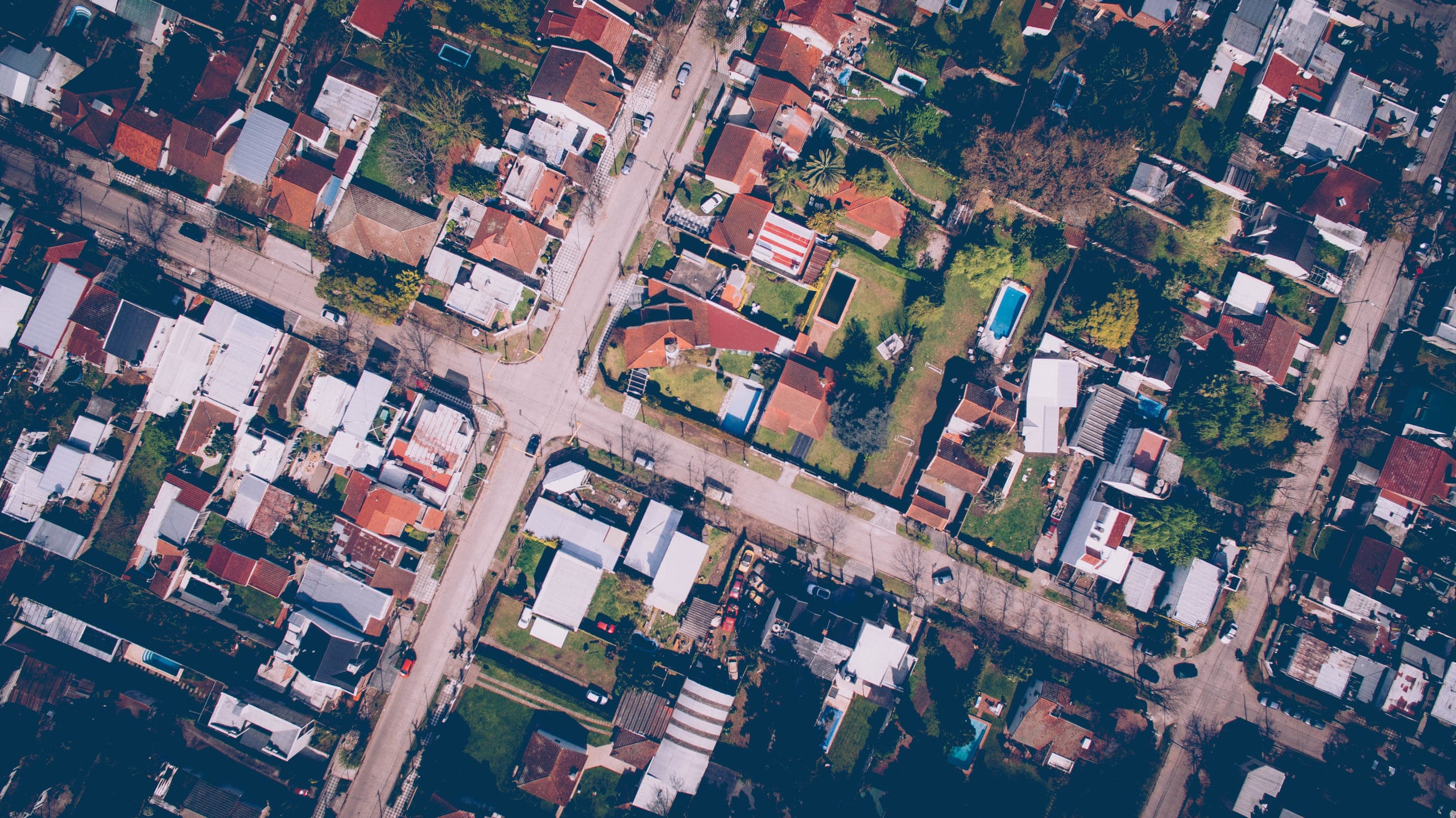Please fill out the details below to receive information on Blue Wealth Events
"*" indicates required fields

I had an interesting conversation with a Sydney based investor yesterday who, after speaking with his Melbournian friend, questioned his decision to invest in Melbourne’s west. His concerns were spurred by questions from the friend along the lines of ‘why would you invest there?’ and ‘I heard that area had a less than admirable demographic.’
In some cases those questions are warranted. In my experience and in this instance, however, they’re largely driven by fear of the unknown or tied to historic stigmas.
Take Paddington for example. This headline from the Sydney Morning Herald in 1954 labels Paddington and surrounding areas a ‘slum.’
By the 1960s, gentrification had shifted Paddington’s demographic profile and bolstered demand for property. In the years that followed, Paddington became one of the most sought after suburbs in Sydney. As of December 2016 the average house price in the suburb was $2.1 million. It’s a story that could’ve as easily been told about Redfern, Mascot and much of Inner Sydney in the 1980s and 90s.
As we stepped into the 21st century, increasing urban sprawl resulted in gentrification of the outer-ring of our capital cities. That explains why in the five years to December 2016, the outer-ring of Sydney outperformed the inner-ring by 20% and the middle-ring by close to 50%. On reviewing individual suburbs, the results are even starker:
|
Region/Suburb |
Price Growth: 2011 – 2016 |
| Greater Sydney | 60% |
| Parramatta | 107% |
| Blacktown | 76% |
| Mount Druitt | 75% |
| Bankstown | 71% |
Only by removing emotion from investment can we look to the potential of an asset rather than to stereotypes and stigmas. Reflecting on my earlier conversation, I can’t help but consider those that, on the cusp of taking action, had an ill-informed conversation, read a sensationalist headline or otherwise got sucked into the vortex of fear induced procrastination. Get informed, set some goals and take action.
